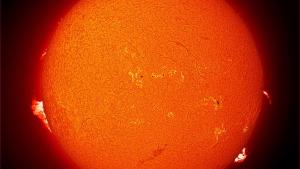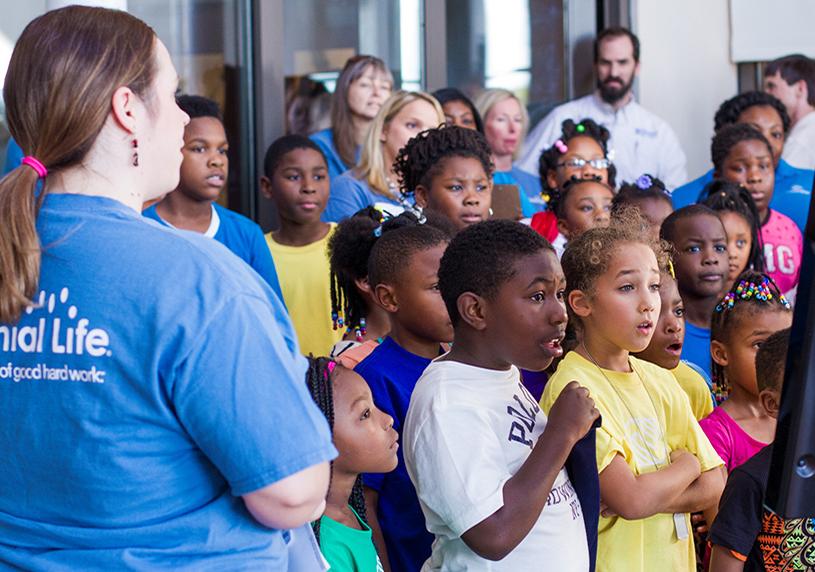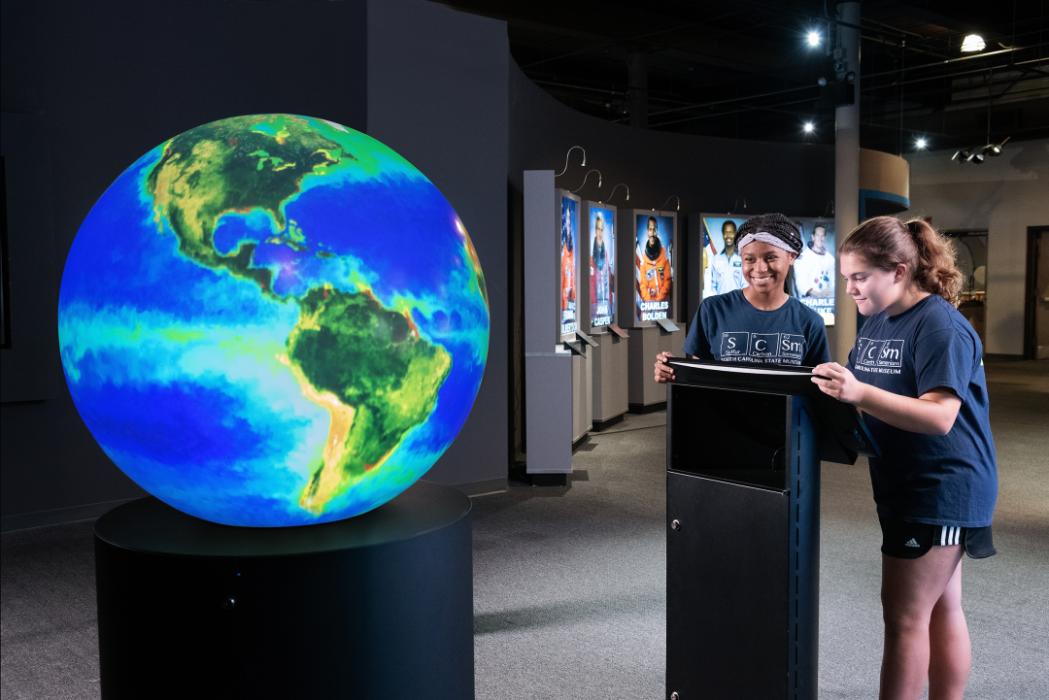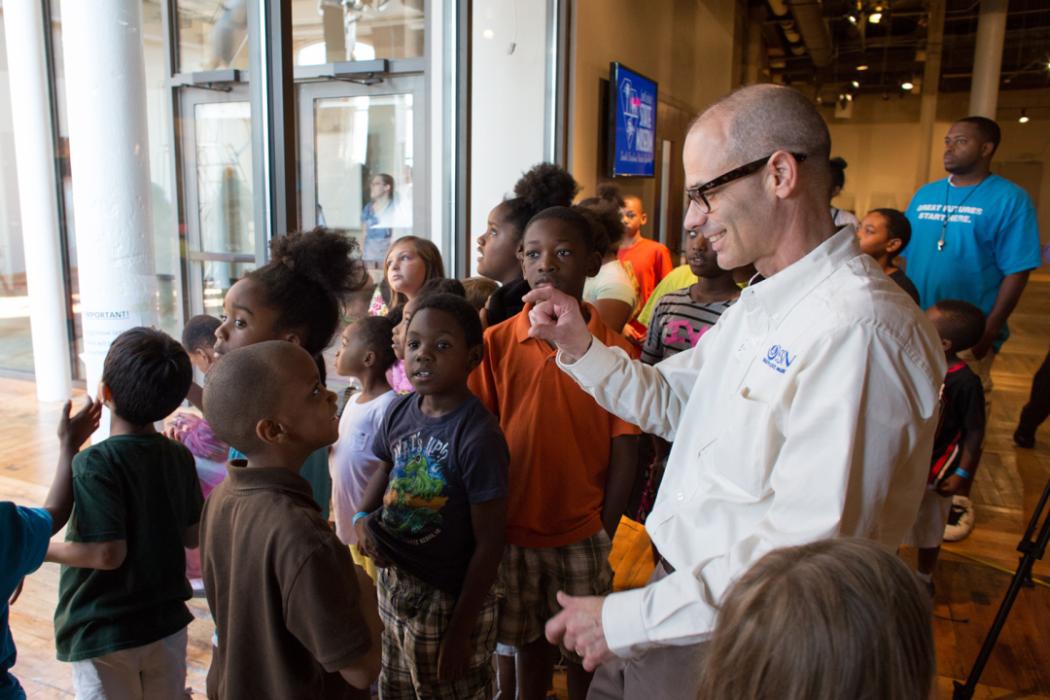
First occurrence of a partial dentition of Rhombodus binkhorsti (Batomorphi: Rhombodontidae) in the Americas, with comments on the North American distribution of the species
The first reasonably complete dentition from the Americas of a Late Cretaceous batoid, Rhombodus binkhorsti, was collected from the Maastrichtian Ripley Formation of Union County, Mississippi, USA. The specimen confirms that the diamond-shaped teeth characteristic of the genus are arranged into very tightly packed alternating files. Rhombodus binkhorsti was widely distributed during the Maastrichtian and has been reported from Asia, Africa, and North and South America. In North America, the species has been recovered from Maastrichtian strata of the Atlantic Coastal Plain and Cretaceous Mississippi Embayment, but not from time-equivalent deposits related to the Cretaceous Western Interior Seaway. North American occurrences of Rhombodus binkhorsti appear stratigraphically confined within calcareous nannoplankton Zones CC24–26, indicating it is an index fossil for the Maastrichtian stage.









